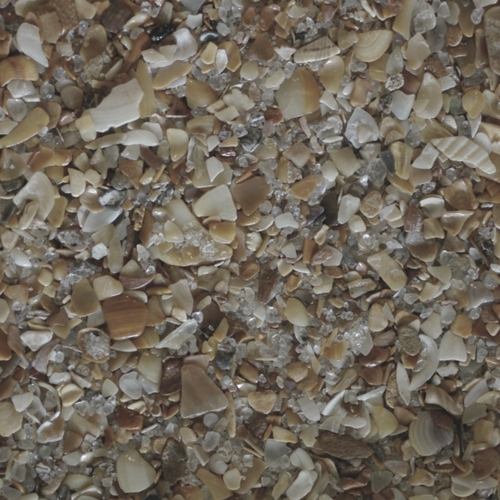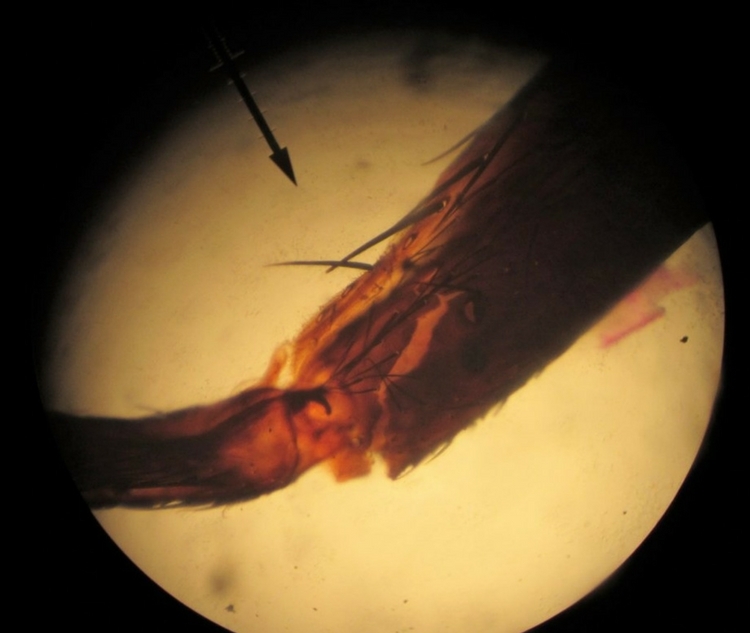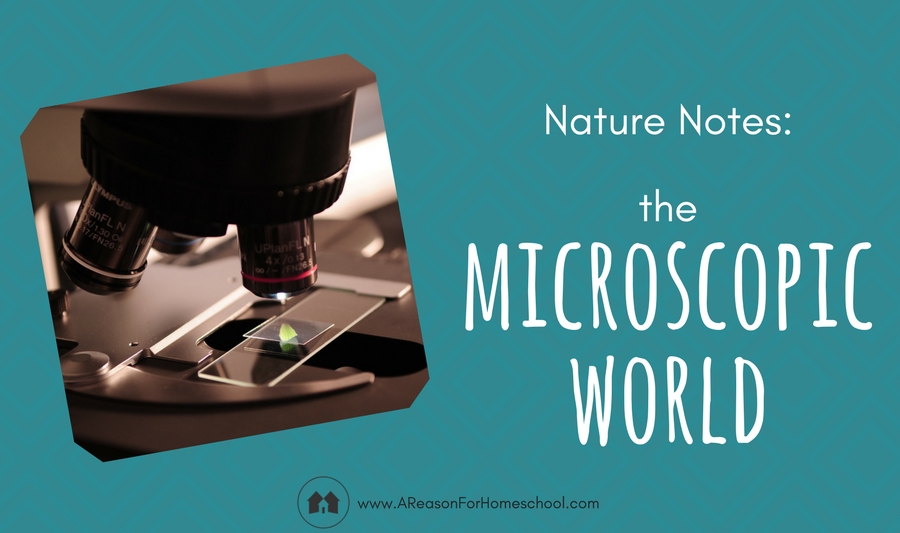Imagine being the first person to look through a handmade microscope at a slide of water and seeing creatures moving, eating, reproducing. This is exactly what happened in the 1670s to the Dutch scientist, Anton Van Leeuwenhoek. He saw an invisible world in a drop of water and marveled,
“…we discern most plainly the incomprehensible perfection, the exact order, and the inscrutable providential care with which the most wise Creator and Lord of the Universe had formed the bodies of these animalcules, which are so minute as to escape our sight…”
All these centuries later, the sheer wonder of having the hidden world suddenly made visible is just as amazing. When I was a child, my Aunt Jane lived on the ocean. We would go out and collect a tiny pinch of sand. When she put it under the microscope, she showed me that what we call “sand” is actually comprised of the most minute, intricate baby shells and the smallest bits of eroded rock on their way to becoming dust.
Today I teach high school biology classes from my home, and it surprises me how many of my students have never had the privilege of gazing at the world beneath a microscope. In one recent class I taught them how to find simple specimens on a slide. They were nothing out of the ordinary, just a piece of silk and a bit of feather. But sounds of admiration went through the whole group as these humble items were revealed in all their intricacies, with the most mundane object suddenly elevated to a place of reverence. When the students got to examine their water samples, the entire room buzzed with excitement. What a thrill to see them observe the tiny creatures inhabiting the slides they made! The “wee animalcules” and “cavorting beasties” (as Leeuwenhoek called them) are just as entrancing today, as the first time they were ever viewed by man’s eyes.

Microscopes are not prohibitively expensive, but I would not recommend getting a cheap version that is aimed toward small children. I was gifted with several through the years for my boys, and while the sentiment was lovely, the microscopes themselves were all disastrous. Models made for children are too often clumsily made. In addition, they often have weak light sources and too little power to actually see specimens clearly. In the end, they only frustrate and discourage an eager young person. Far better to invest in a good quality microscope and help your child use it when they are small. Then, when they are older, they will be able to operate it easily, any time the desire arises.
You don’t need the newest models, either. On eBay, sellers frequently offer well-kept older models—or even refurbished newer ones—for under $100. I purchased one of mine there for $40; it is everything I wanted it to be for my class. Perhaps you could consider going in with other families to buy one for a science co-op like I wrote about in an earlier post.
You can research models that are student-friendly. Both of mine are manufactured by Premiere. They are older models, but I love their quality and ease of use. (If you are interested, my favorite model number is 0859243. I am not trying to get you to buy anything; I just know that I like to hear what works well for someone else.)
Another option that is fairly new (in terms of the centuries of microscope innovations), is the handheld digital microscope that hooks up to your computer. This is fantastic because a whole group of people can see at one time, and mine even has the option to take pictures of the image being magnified. These are easy to find online and are also available at some hobby shops. There are several examples on Amazon starting under $20.
When we got ours, one son immediately stuck it to his tongue and regaled us with pictures of his grotesquely enlarged taste buds. Another son used it to magnify the blood vessels of his eye. The third had a cut on his hand and said, “Since it’s already bleeding we should look at blood cells!” Don’t say I didn’t warn you: microscopes are bound to make mad scientists of your kids, but in the very best way!

Microscopes bring out the magical in the ordinary. Two of my favorite slides are a tiny section of a fly’s leg, and the hair of a mouse. Leeuwnehoek said, “What a Being, Who would know how to fashion a bee’s wings so prettily…” I would love for every child to have the opportunity to marvel at God’s invisible wonders.
How many are your works, LORD! In wisdom you made them all; the earth is full of your creatures. Psalm 104:24
